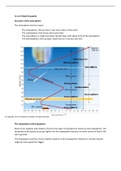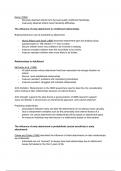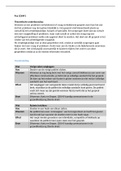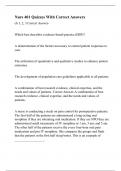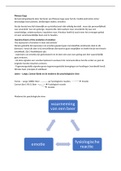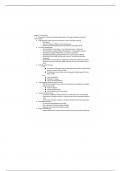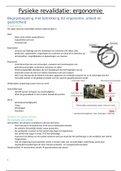Lecture notes
3.1.5.5 Storm hazards
- Module
- 3.1.5.5 Storm hazards
- Institution
- AQA
Notes on: The nature of tropical storms and their underlying causes. Forms of storm hazard: high winds, storm surges, coastal flooding, river flooding and landslides. Spatial distribution, magnitude, frequency, regularity, predictability of hazard events. Impacts: primary/secondary, environme...
[Show more]
